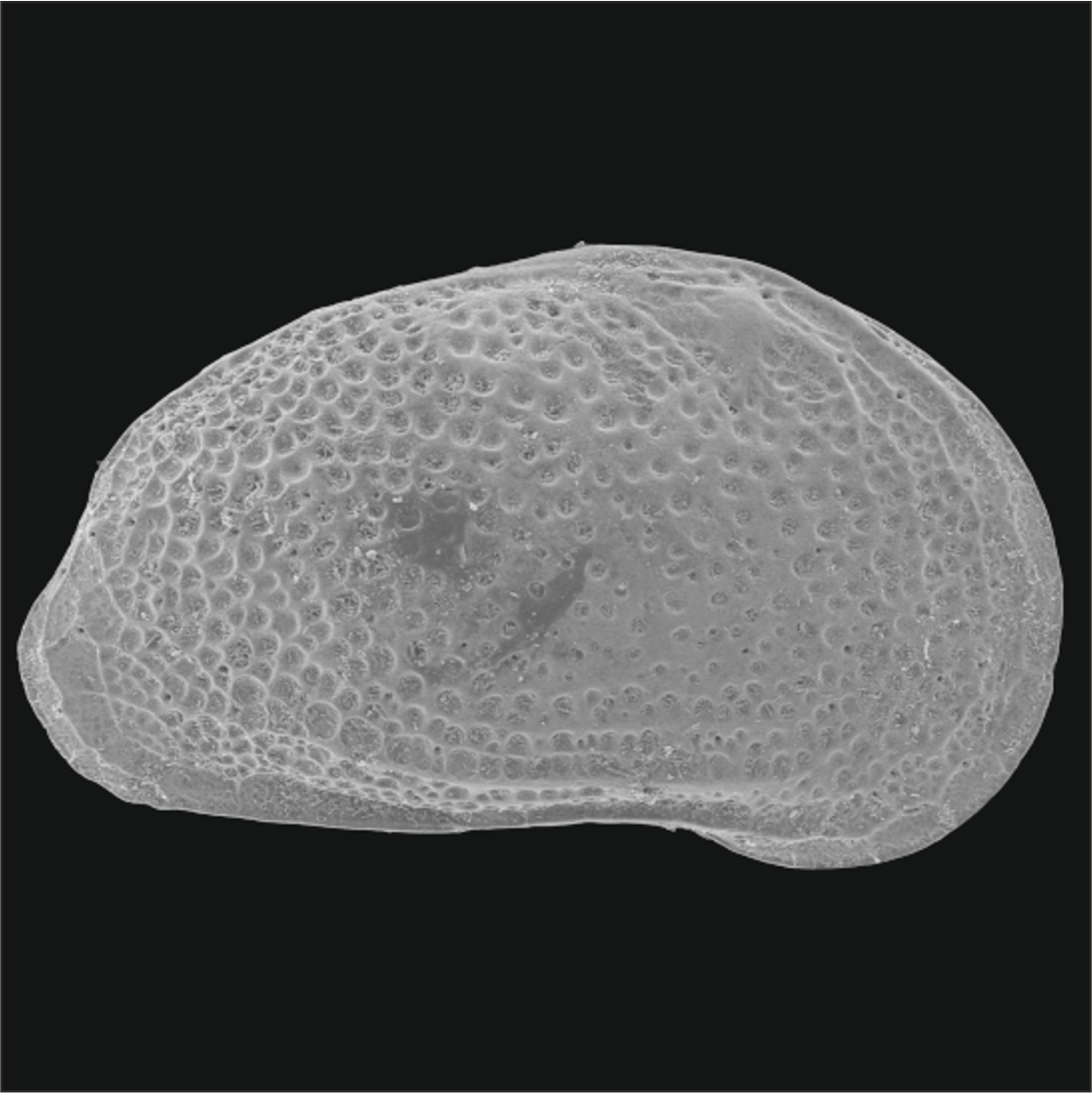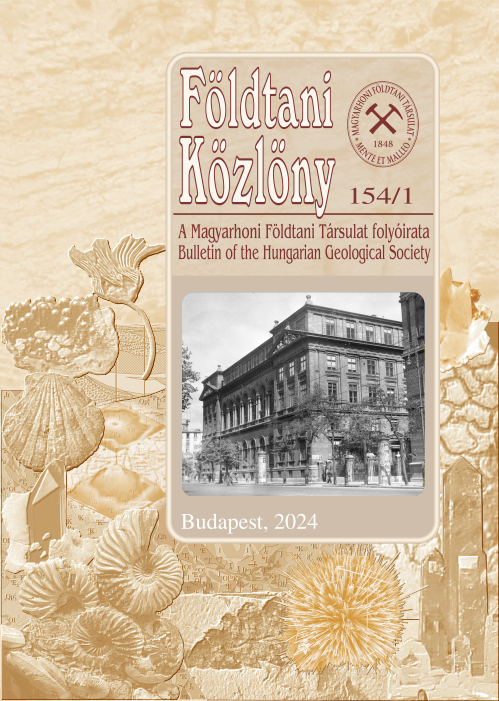Pannonian (late Miocene) ostracod fauna from Pécs-Danitzpuszta in Southern Hungary
Abstract
The large outcrop at Pécs-Danitzpuszta, southern Hungary, exposes a 65-meter-thick succession of calcareous marls, clay marls and calcareous sands that were deposited during the early history of Lake Pannon, a vast, Caspian-type lake in Central Europe in the late Miocene. Within the framework of the complex stratigraphic investigation of this succession, well preserved, relatively diverse benthic ostracod assemblages containing 39 taxa were recovered from 29 samples (16 samples were barren). Palaeoecological interpretation of the ostracod genera suggests that deposition took place in a low-energy environment, in the shallow sublittoral zone of Lake Pannon, in pliohaline (9–16‰ salinity) water. The entire succession was divided into four interval zones based on the first occurrences of assumedly useful marker fossils: Hemicytheria lorentheyi Zone (from sample D29), Hemicytheria tenuistriata Zone (from sample D17), Propontoniella candeo Zone (from sample D115) and Amplocypris abscissa Zone (from sample D209). Based on comparison to the Beočin section 150 km to the SE, where a lithologically and stratigraphically similar section was dated magnetostratigraphically by an international team, we tentatively assume that the Pannonian marl succession of the Pécs-Danitzpuszta outcrop represents the time interval of 11.6 to ca. 10 Ma.
















